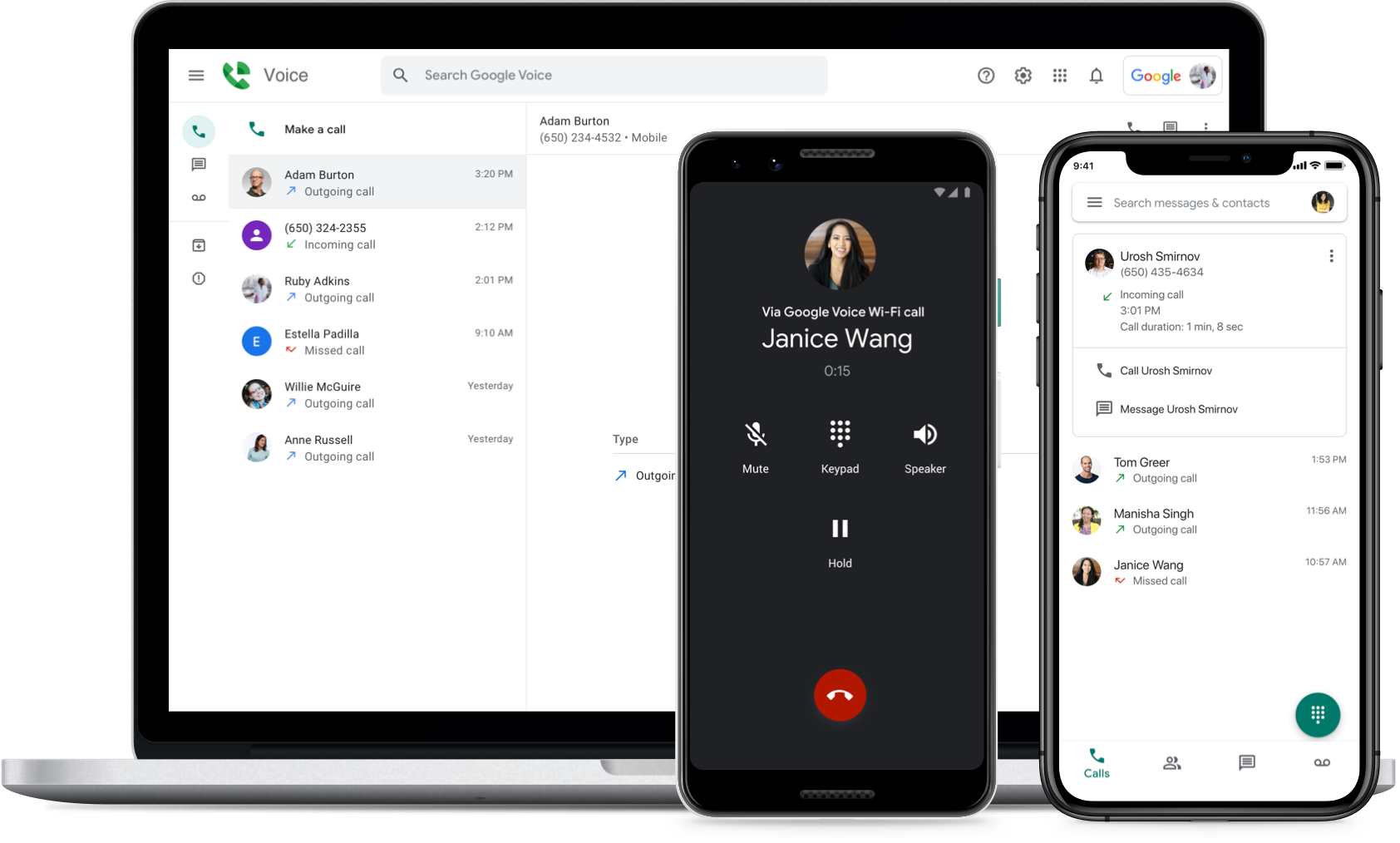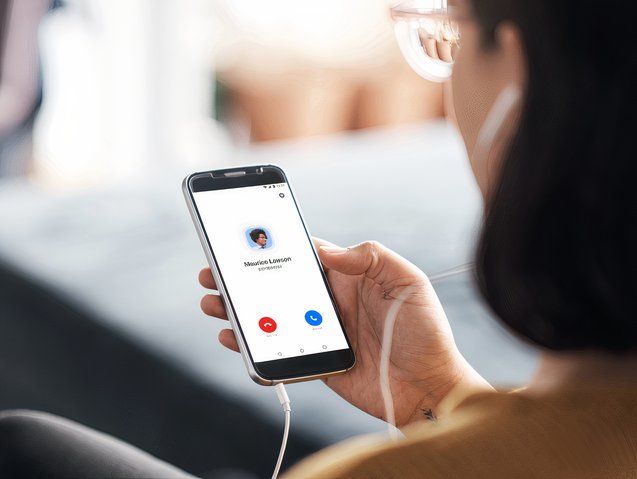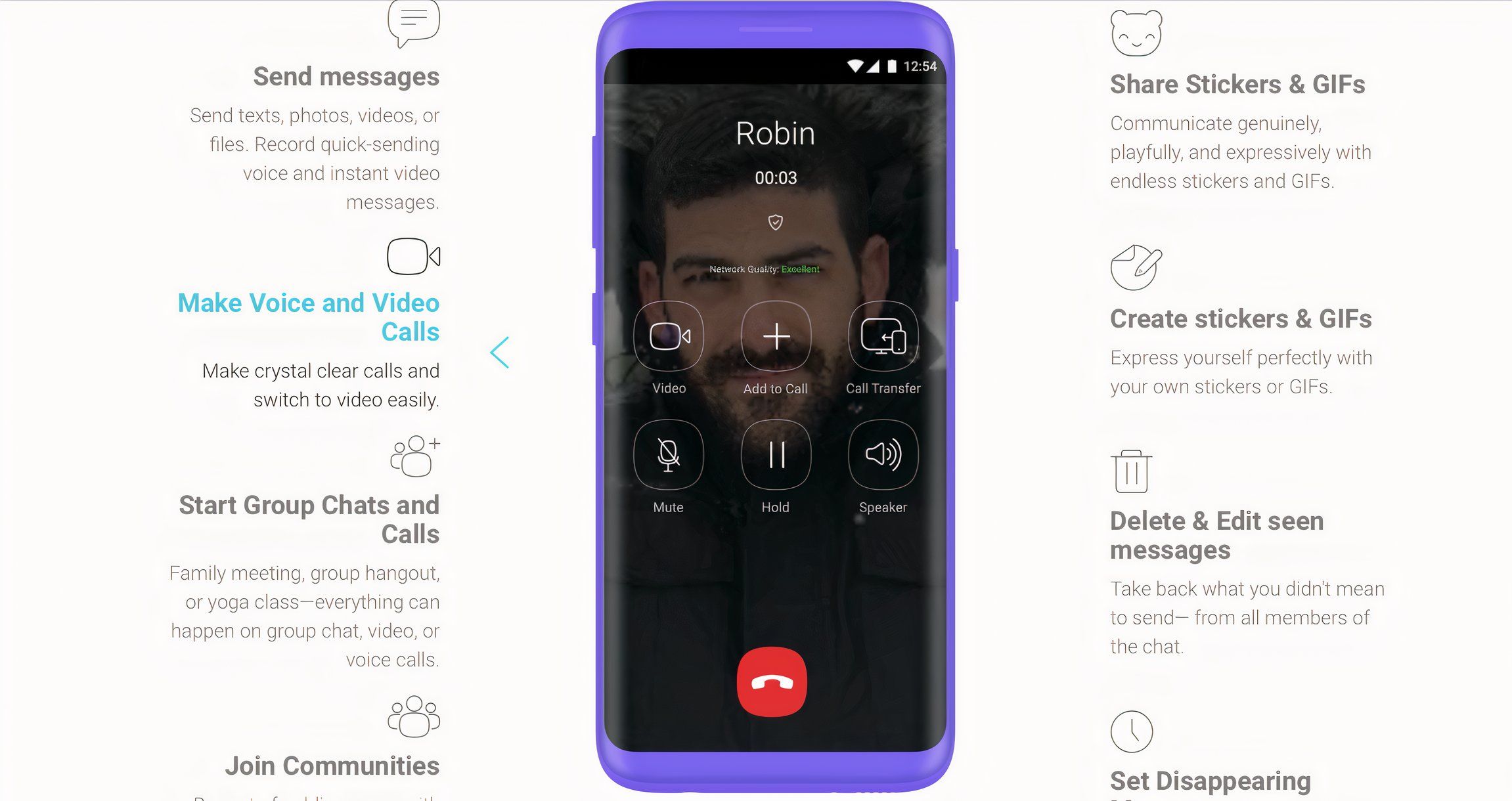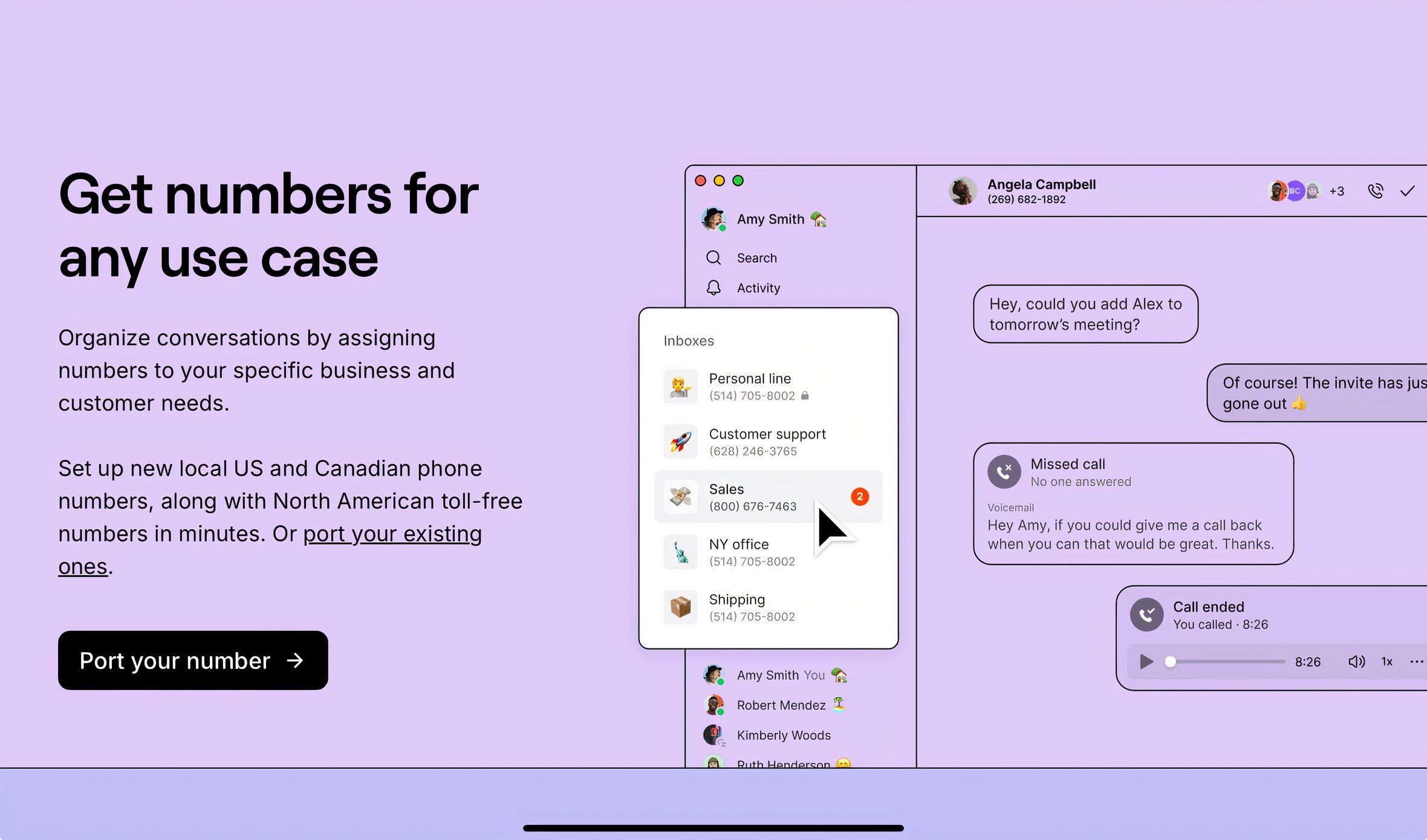After more than 20 years, Skype is closing down for good, with Microsoft shuttering the venerable old service on May 5, 2025. So, if you’re one of the millions of folks bemoaning Microsoft, it’s time to check out the best Skype alternatives.
5Google Voice
Google Voice might be the most similar competitor to Skype’s VoIP international calling service. If you are already invested in the Google Workspace ecosystem for business or personal use, it integrates seamlessly with other popular staples, including Gmail, Google Calendar, and Google Meet.
For international calls, Google Voice offers cheap rates comparable to Skype’s, starting at $0.01 per minute, with business plans from $10 monthly. These are payable via credit or debit card or directly from a bank account. Like Skype, there is also an auto-recharge function that will top you up with your desired amount whenever your balance falls below $2.
It seems that Google Voice noticed Skype’s misgivings, such as its unreliable performance and outdated UI, and went one better. Google Voice provides a more secure, up-to-date service with spam filtering and call screening, voicemail transcription, and call forwarding across multiple devices. Add to this Google Workspace integration, and Google Voice is far more appealing than the once-ubiquitous Skype.
4Zoom Phone
Zoom became a household name during the global pandemic, and its cloud telephone service, Zoom Phone, has been around since 2019. If you already use Zoom’s services for video calling, Zoom Phone is the ideal accompaniment for making international calls, although it feels more weighted toward commercial usage than Skype, which is geared for business and personal use in equal measure.
Zoom Phone offers instant messaging integrated with Zoom Chat, encrypted call recording, voicemail transcription, spam detection, call queues, and video conferencing with Zoom Meetings. This makes it a comprehensive solution for big and small businesses, with prices starting at an affordable $10 per month.
Those who require a robust, work-oriented solution for international calling should consider Zoom Voice. With over 99% uptime reliability, I would stake my business’s reputation on it. However, if you’re looking for a basic, user-friendly option for calling grandma on the weekend, the platform may be more advanced than necessary.
3Viber
Despite some genuinely useful features, Viber was pipped to the post by WhatsApp and never gained as much traction in the competitive instant messaging industry. However, it does have one notable benefit: unlimited international mobile and landline calls for an affordable fixed monthly fee.
If you primarily make personal calls overseas and are not especially invested in the Google ecosystem, Viber is a solid cross-platform standalone solution with a user-friendly interface and contact integration. Its Viber Out Call World international calling feature is available in 55 countries for just $5.99, with prepaid plans at varying rates per location.
Living in Asia, I have found that Viber is significantly more popular here than in Europe, especially for commercial use. I have had an account for around ten years, but I only recently trialed its international voice-calling feature and was impressed. Given the frustrations that I have experienced with Skype constantly dropping out and hanging for no apparent reason, I wish I had tried it sooner.
2OpenPhone
If you or your team call and text often for work, OpenPhone could revolutionize productivity and simplify your life. Unlike Zoom, there are no video chat or conferencing features on the platform, but what it does do, it does well.
Upon registering with OpenPhone, you are given a virtual phone number with unlimited calling in the US and Canada. The platform accommodates group calling for streamlined collaboration and, critically, supports MMS, SMS, and group texting for improved customer service. One of the features I see as particularly useful is integration with Slack and HubSpot, making OpenPhone a viable alternative to Zoom Phone and Microsoft Teams.
While OpenPhone provides a service worthy of mention here, like Zoom Phone, I’d only use it in a business/productivity capacity, for example, when collaborating on freelance projects or managing international sales. In these instances, OpenPhone would have proved invaluable to my past businesses.
1Sonetel
Sonetel is positioning itself as a Skype alternative for making international calls via its mobile apps. It is not cheap if used only occasionally, at $9.95 per month for its Premium service. However, this plan allows for free international calling to over 40 countries.
Other Sonetel Premium features include a dedicated phone number, call transcription, follow-up emails, and call recording, to name a few. This may be overkill for most casual users, yet for digital nomads and others who work on the go, it could prove invaluable. As you can see, there is a solution to suit most international calling requirements that outweigh the benefits of the outdated and often outclassed Skype.
Skype was once the big fish in a relatively competition-free pond. However, it started to show its limitations long ago as emerging platforms, including the ubiquitous Slack and Zoom, found a firm footing in the marketplace. Microsoft is now focusing its efforts on Microsoft Teams, which offers similar features, albeit more business-oriented, in line with services provided by the competition.
If, like me, you chiefly use a Skype alternative to call relatives overseas, conduct telephone banking, or make occasional customer service inquiries, Viber and Google Voice should provide everything you need.








